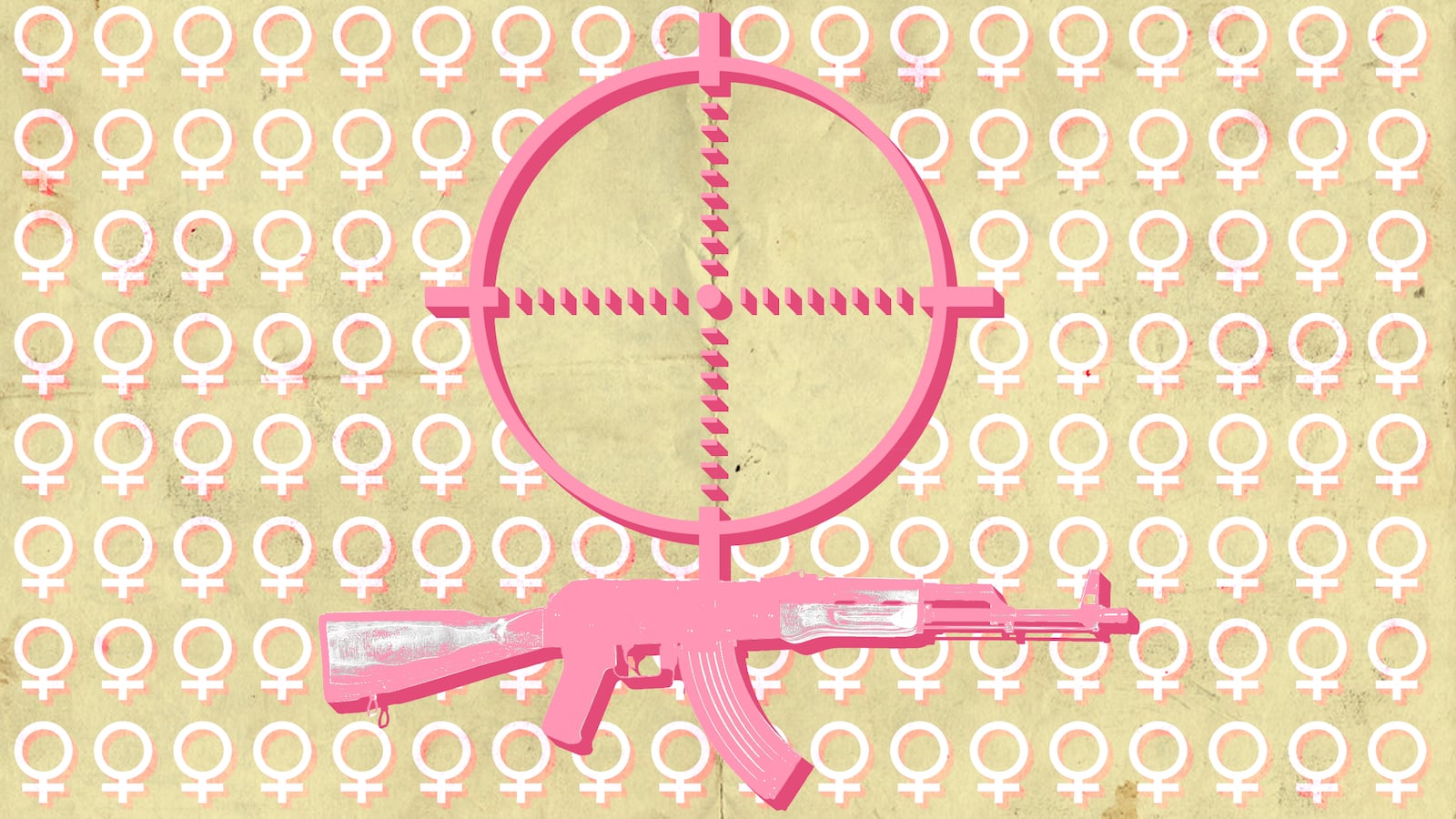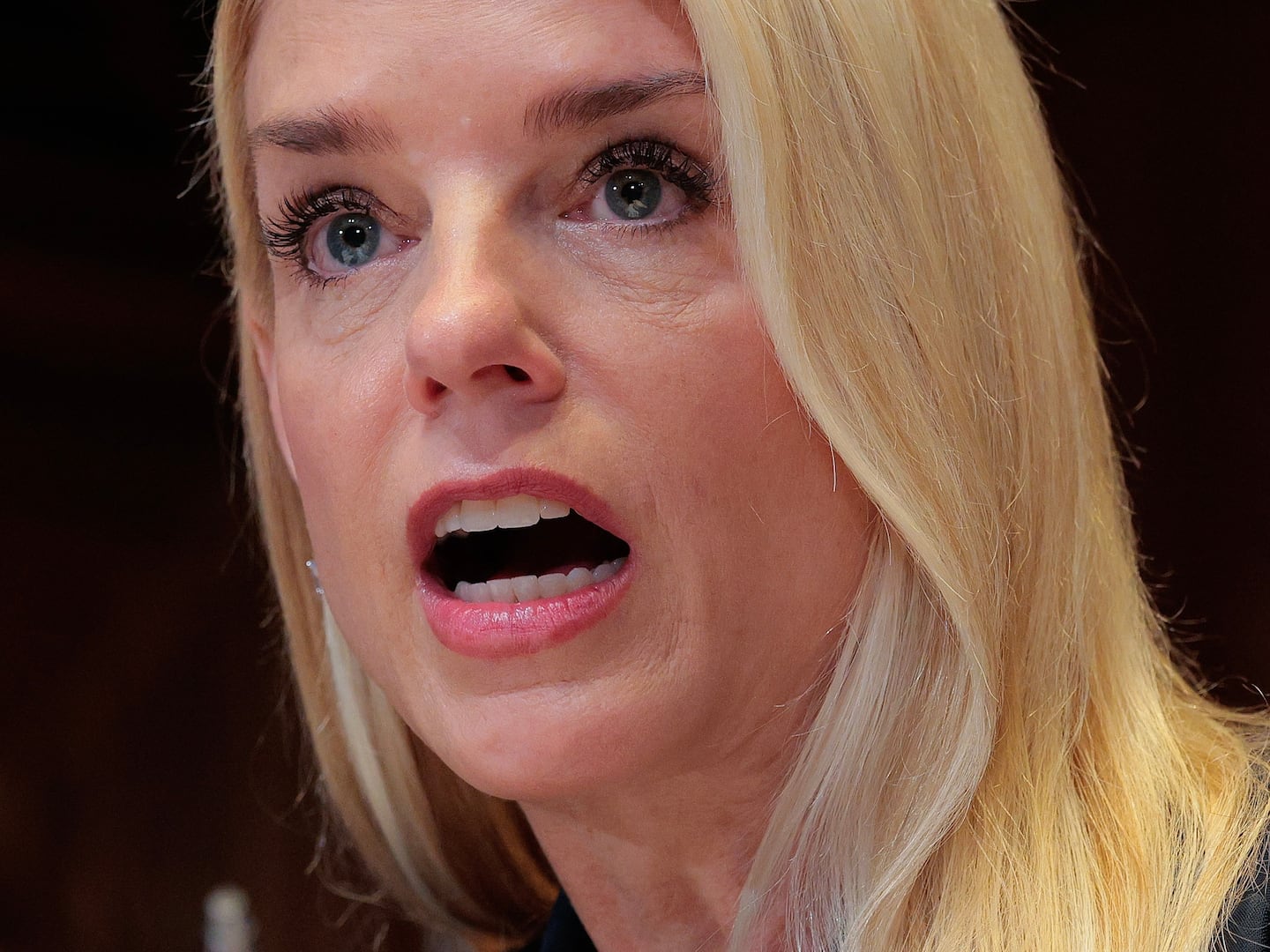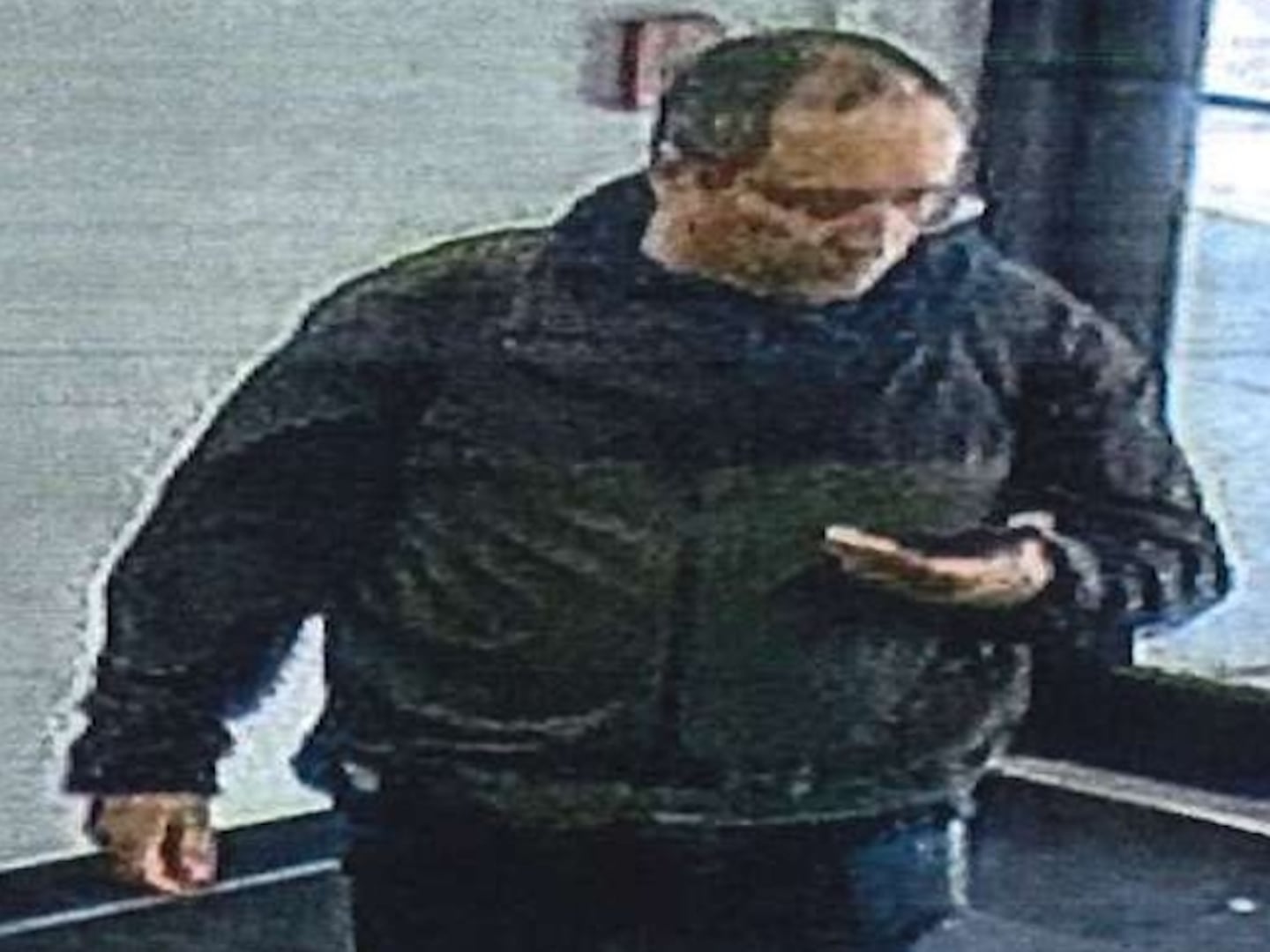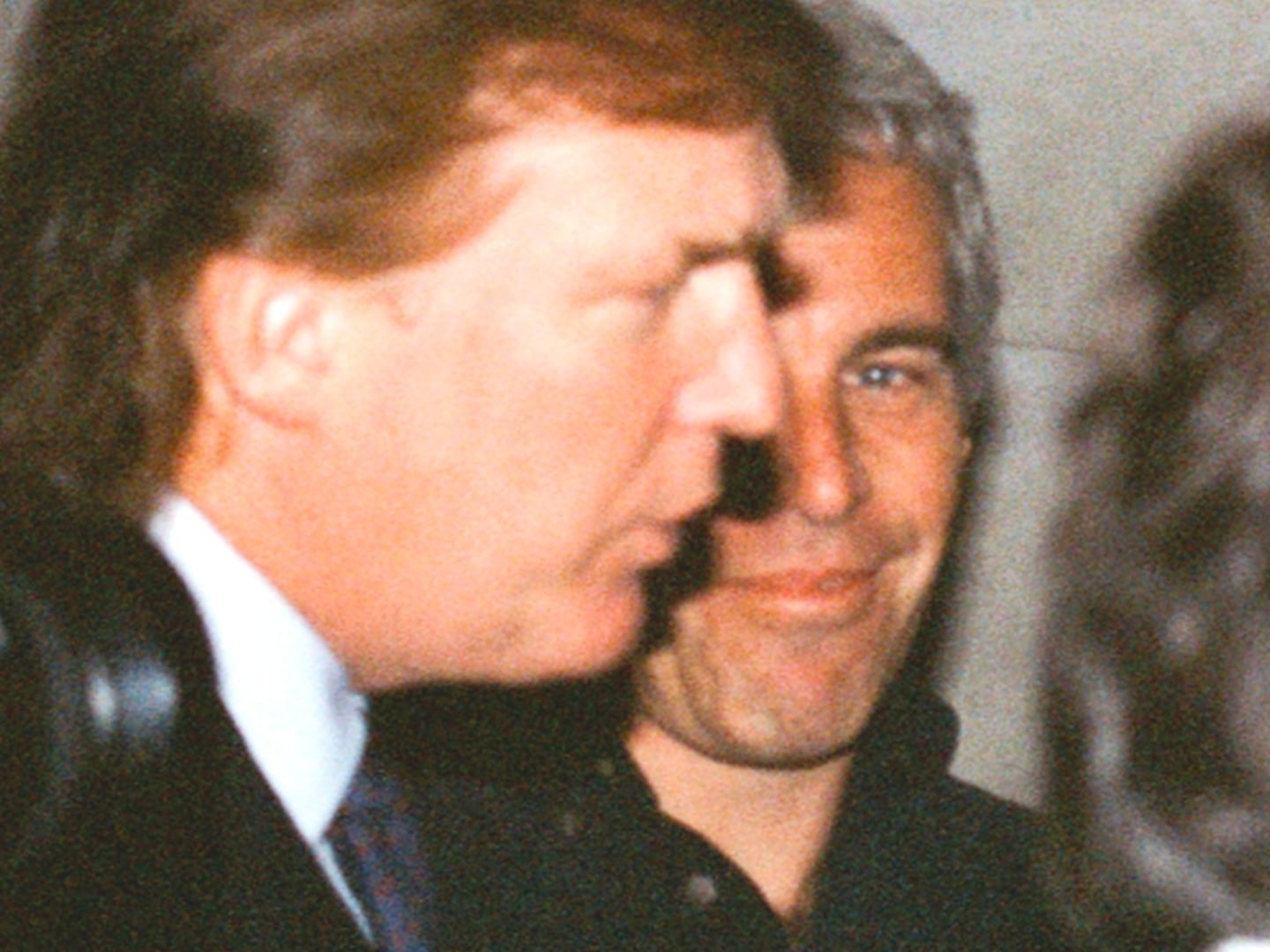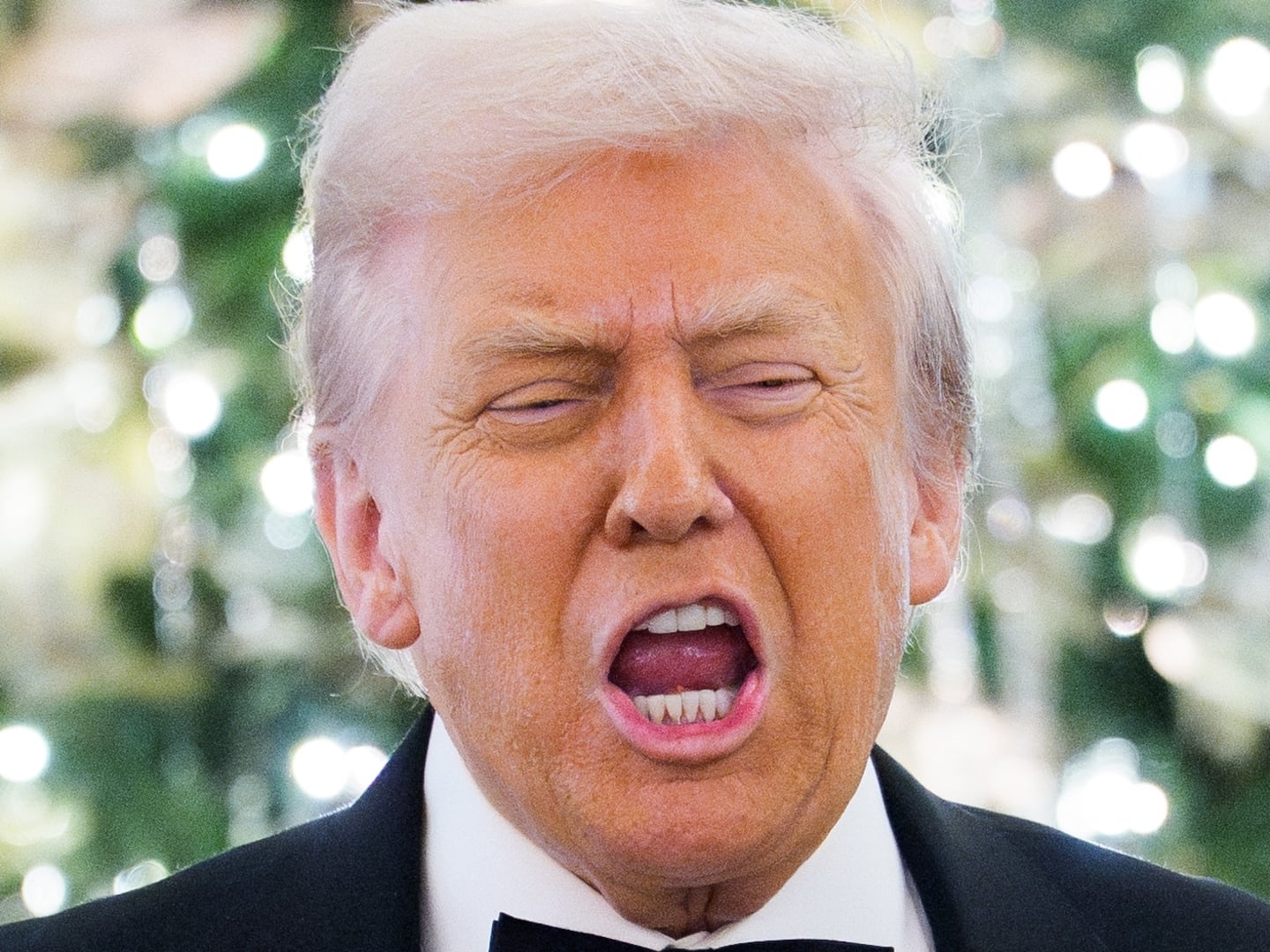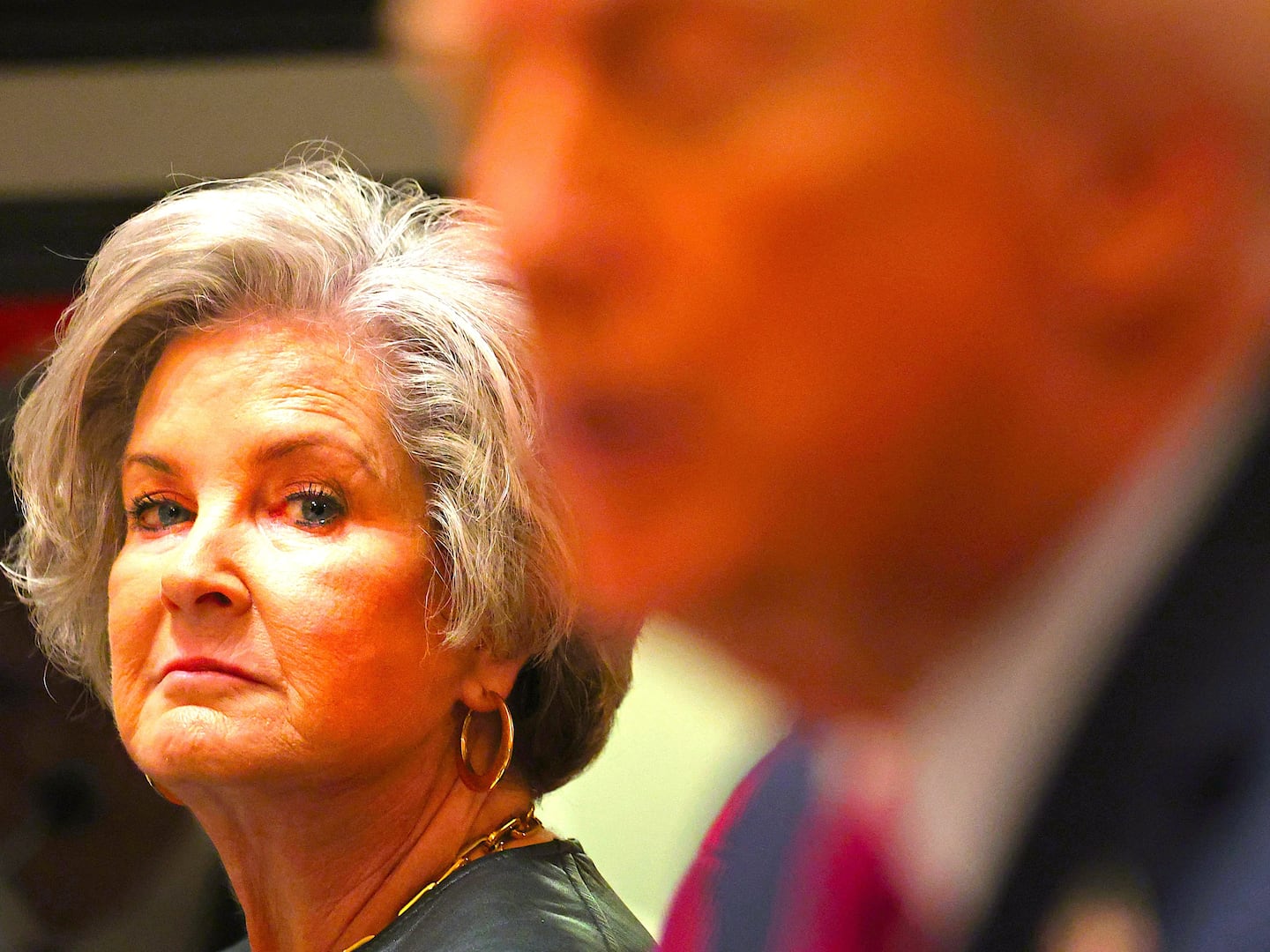After the shooting at YouTube headquarters early last month, perpetrated by a 38-year-old woman, news coverage latched onto the fact that female mass shooters are extremely rare. While true—about 95 percent of mass shootings are committed by men—writing female shooters off as outliers may obscure deeper truths about the psychology of people who commit these awful crimes.
The YouTube shooter in particular, who desired stardom and had a vendetta against the company, exemplifies traits researchers have identified as risk factors for committing a mass shooting. Studying her and other female shooters, therefore, may reveal something about the pathology of these criminals and potentially help us prevent such acts before they happen.
As mass shootings have become normalized in our society, we have a tendency to attribute them to “toxic masculinity”—that is, the notion that stereotypically macho behavior harms both men and women, and can indeed play a role in many of these crimes. But that is not the whole story.
“Toxic masculinity can contribute to the problem but would not be primary cause,” Adam Lankford, a criminal justice professor at the University of Alabama, told The Daily Beast. “There are countries that are far worse than ours in terms of toxic masculinity, where spousal abuse and genital mutilation are legal, but they don’t have the same rates of mass shootings,” Lankford explained.
Rather, toxic masculinity may be one manifestation of a larger underlying characteristic of mass shooters; that is, feelings of being victimized and persecuted at the hands of a symbolic oppressor. In March, Lankford published a study in which he identified three main traits present in nearly all mass shooters: perceived victimization, desire for fame, and suicidality.
“Public mass shooters are attacking essentially symbolic targets, symbolic of some institution they believe have harmed them in the past,” Lankford said. For people like the perpetrator of the van attack in Toronto by a self-proclaimed “incel,” women become that symbolic group. Other potential targets include minorities, gay people or some “authority” such as one’s workplace or school. The YouTube shooter fits with this mold, as the company had recently demonetized her videos, a fact she was vocally angry about.
Her desire for YouTube stardom also folds neatly into this paradigm. “Most criminals want to get away with their crimes,” Lankford said. Mass shooters, in constrast, desire fame or, more likely, infamy, possibly as a way to recoup their perceived loss of status.
“Fame is one of the ultimate forms of status in the U.S. in this era,” Lankford said. At least half of all shooters are suicidal, either taking their own lives at the end of their rampage—the YouTube shooter shot herself—or committing “suicide by cop.” Desiring fame in itself is fairly normal human behavior, but when it exists in concert with suicidality and perceived victimization, the result can be a wish to go out in a “blaze of glory.”
“There a lot more similarities than differences,” between male and female mass shooters, said Jaclyn Schildkraut, an expert on mass shootings and a professor at SUNY Oswego.
“There is a common misperception that mass shooters ‘snap,’” Schildkraut said. In reality, “whether male or female they make a very conscious decision” to address a real or perceived grievance through violence.
“Their reasons for perpetrating these attacks” are also the same, often “they got fired or lost their job,” Schildkraut explained. The most deadly attack perpetrated by a female shooter occurred in 2012, when a University of Alabama professor about to lose her job shot her entire tenure committee after sitting quietly through a department meeting.
In spite of the overlap, mass shootings are still overwhelmingly thought of in the public imagination as an exclusively male crime—specifically one of young, white males. At least one of those stereotypes is untrue; statistically, most shooters are older, around 35 years old on average. They are also racially diverse. Although it is tempting to ignore the women who commit these crimes as an extreme minority, doing so may promote false stereotypes about who is at risk for commit a mass shooting, and inhibit opportunities to prevent them.
Both males and females meticulously research past shooters and stockpile weapons before committing their crimes. They also tend to broadcast their intentions, a phenomenon called “leakage.” The YouTube shooter’s family called the police and warned them that “she might do something,” prior to the attack. The police found her sleeping in her car near headquarters the night before the attack happened, but ultimately let her go.
“Criminological theories were constructed by and about men, which explain male behaviour instead of human behaviour,” Elizabeth Gurian, an associate professor of criminology at Norwich University, wrote in an email. Gurian conducted one of the few studies, published this month, to include female as well as male mass shooters. Gurian analyzed 455 offenders world wide, 44 of whom were women, and found that both sexes target family at equal rates—countering the stereotype that women are more likely to target family, whereas men attack strangers.
She also found that women tend to have lower victim counts, potentially because they are captured or subdued faster than their male counterparts. As a result, “It’s possible there may be a small number of additional cases that have been overlooked due to lower victim counts,” Gurian wrote.
Traditionally experts have defined mass shooters as attackers who kill four or more victims—a definition which excludes the YouTube shooter, who injured three but did not kill anyone, other than herself. But that may be an arbitrary distinction: Gurian also found that number of victims has no bearing on these criminals’ behavior, and in recent years the the U.S. Department of Homeland Security has pivoted to using the term “active shooter,” an individual actively engaged in killing or attempting to kill people in a confined and populated area, without regard to victim count.
That said, there is no denying the fact that men are the overwhelming perpetrators. Lankford thinks that may be due to several reasons, one of the main ones relating back to feelings of victimization and entitlement. While men and women both want fame, entitlement is more exclusively male, as historically men have been accorded more privileges due to their gender.
Men are also more likely to own guns, and are more likely to complete suicide, which Lankford hypothesizes could be another contributing factor, although women have higher rates of suicidal thoughts. “We could have a situation where far more women are thinking about committing a mass shooting than we realize,” Lankford says. “An interesting question would be as our society moves in the direction of more equality, will the distribution of male and female mass shooters even out as well?”

